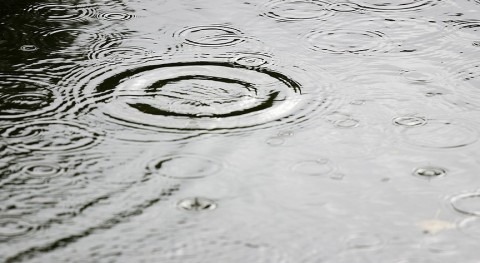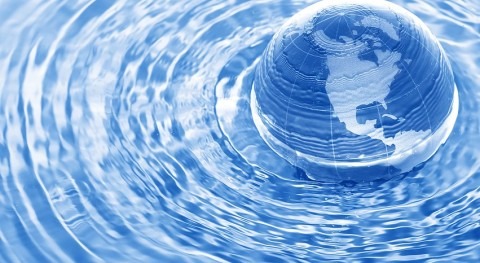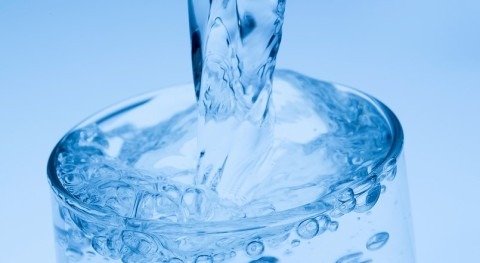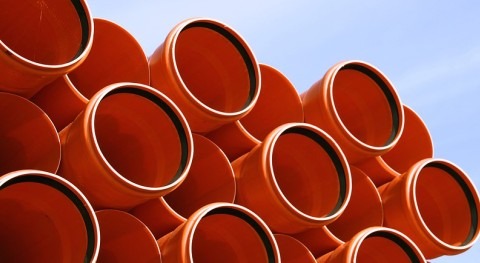Although we’ve seen a fair bit of rain and drizzle over the last few days in many parts of the country, it seems that the UK should now brace itself for some drier, hotter conditions, with the Met Office suggesting that a mini heatwave could be just around the corner.
Those in the south of the country are expected to be especially affected, with temperatures in London now predicted to hit 36 degrees C in London and elsewhere by July 15th. In the Midlands, meanwhile, temperatures are expected to reach over 33 degrees, and 27 degrees in the north.
Met Office forecaster Aidan McGivern was quoted by the Daily Mail as saying: “If drier, sunnier and warmer weather is your thing then I think you will enjoy this ten-day trend because there are strong signals for the weather to settle down and slowly warm up through next week.
“Here’s the chart for Monday next week and already high pressure near the Azores is starting to influence our weather, it is starting to build in from the west but it is going to take its time, low pressure is still close by.
“Eventually that high will allow the low pressure to take more of a northerly track leaving the UK behind, pushing the jet stream away from our shores.”
Of course, these temperature hikes are in line with predictions that the UK will see hotter, drier weather in the future as the realities of climate change increasingly start to make themselves felt.
Everyone – individuals and businesses alike – has their own unique water footprint and it is becoming increasingly important for us all to find ways in which we can reduce this in order to safeguard dwindling resources for future generations.
How can people reduce water usage & consumption?
We all use water directly in our lives for everything from showering, cleaning and cooking to gardening. But our water footprint also includes the water used to produce the food on our tables and the clothes we wear, as well as the products we purchase and services we use, such as electricity.
Water underpins every aspect of our lives, so it can be difficult to compile a complete list of what contributes to each individual footprint… so starting small is perhaps the best strategy.
Consider swapping out baths for showers and making sure you don’t run the tap while you brush your teeth, for example, or you could think about harvesting rainwater to use on the garden.
Fixing leaky and broken taps can help reduce water wastage – another great strategy given that England loses over three million litres of water a day through leakage alone.
From there, you could consider reducing your meat consumption, since animal products have a far higher footprint than produce like vegetables and fruit. And then you could turn your attention to your wardrobe, buying second-hand garments or finding sustainable brands.
How can businesses reduce water usage & consumption?
There are lots of opportunities available for businesses to drive down their water footprint and give their green credentials a big boost.
It can be beneficial to have a water audit of your site carried out before you make any changes to your operations, as this will reveal how and where you use resources. This then means that the appropriate water-saving solutions can be introduced.
You’re also able to adapt and evolve these over time by monitoring your usage and tracking it to identify spikes and fluctuations quickly… all of which helps you to save even more water.
Rainwater harvesting is another excellent option if you’re looking to make significant savings where water is concerned – especially if you have a large site.
This process involves collecting the rainwater that falls on the roofs of your buildings so that it can be used in place of mains water. The water you collect is filtered and reused, with typical applications including toilet flushing, laundry and process water, and vehicle washing.
You could also look into water recycling as a potential solution. This involves using the oft-discarded water from everyday activities like irrigation, toilet flushing and vehicle washing… and the added benefit of this, of course, is that you’re able to save yourself some money as well, with some businesses able to save up to 50 per cent on water costs.
Another way to reduce your water footprint is to look at your overall supply chain. Not only is this an effective way to ensure your operations, goods and services make more efficient use of resources, but it can also help you build resilience as an organisation by making you less susceptible to disruption elsewhere.
To measure your water footprint, you’ll need to factor in the total volume of water used to produce goods and services throughout the supply chain, covering material extraction, growing crops, manufacturing, processing, washing, cooling, transporting and so on.
You will also need to consider the water consumed in the buildings you use, as well as maintenance and sanitation.
There are three different categories of footprint: blue, which is freshwater from aquifers, rivers and lakes taken for production purposes; green, which is the volume of rainwater consumed during production; and grey, which is the pollution of resources during production.
It’s also worth noting that, from a business reputation perspective, turning your attention to your water footprint could help make consumers look more favourably on your brand and what it is you do. It’s highly possible that you could lose your loyal following if you choose to work with suppliers where local populations have limited access to water.








